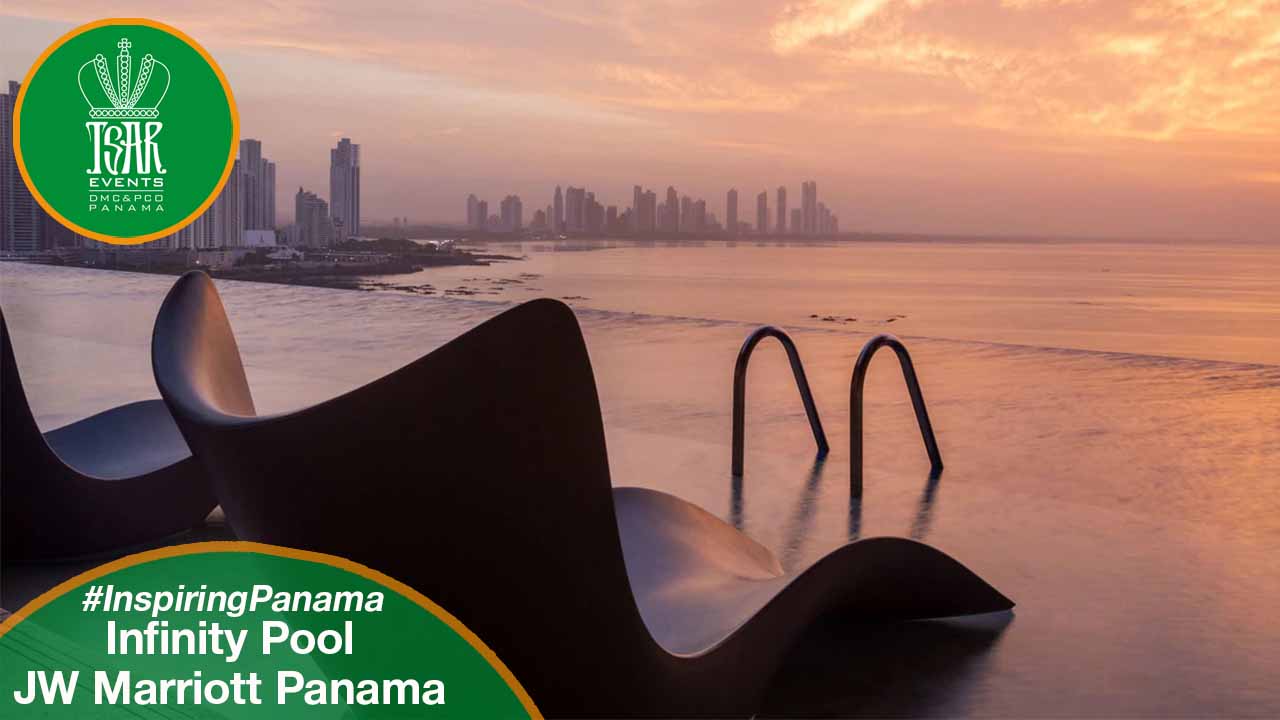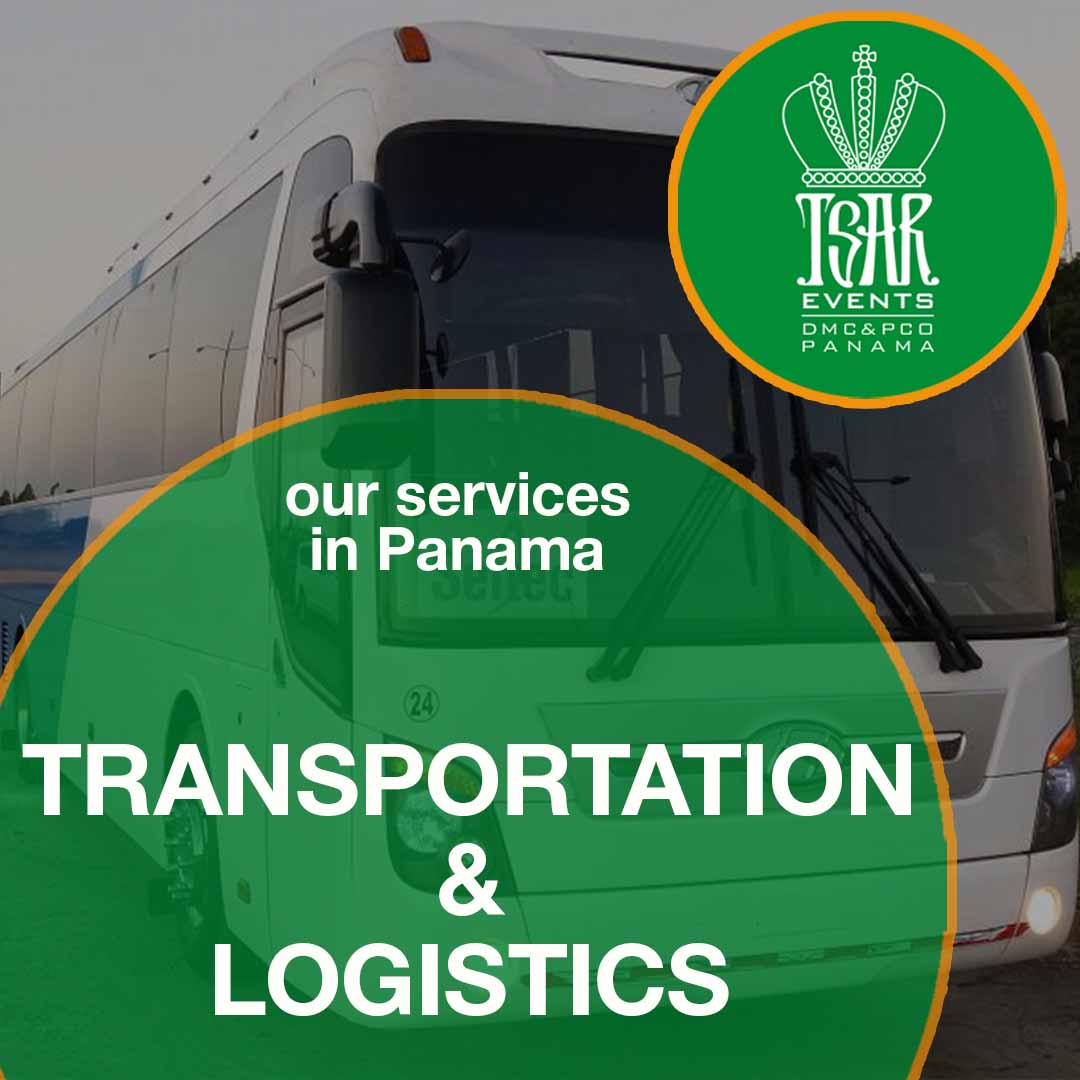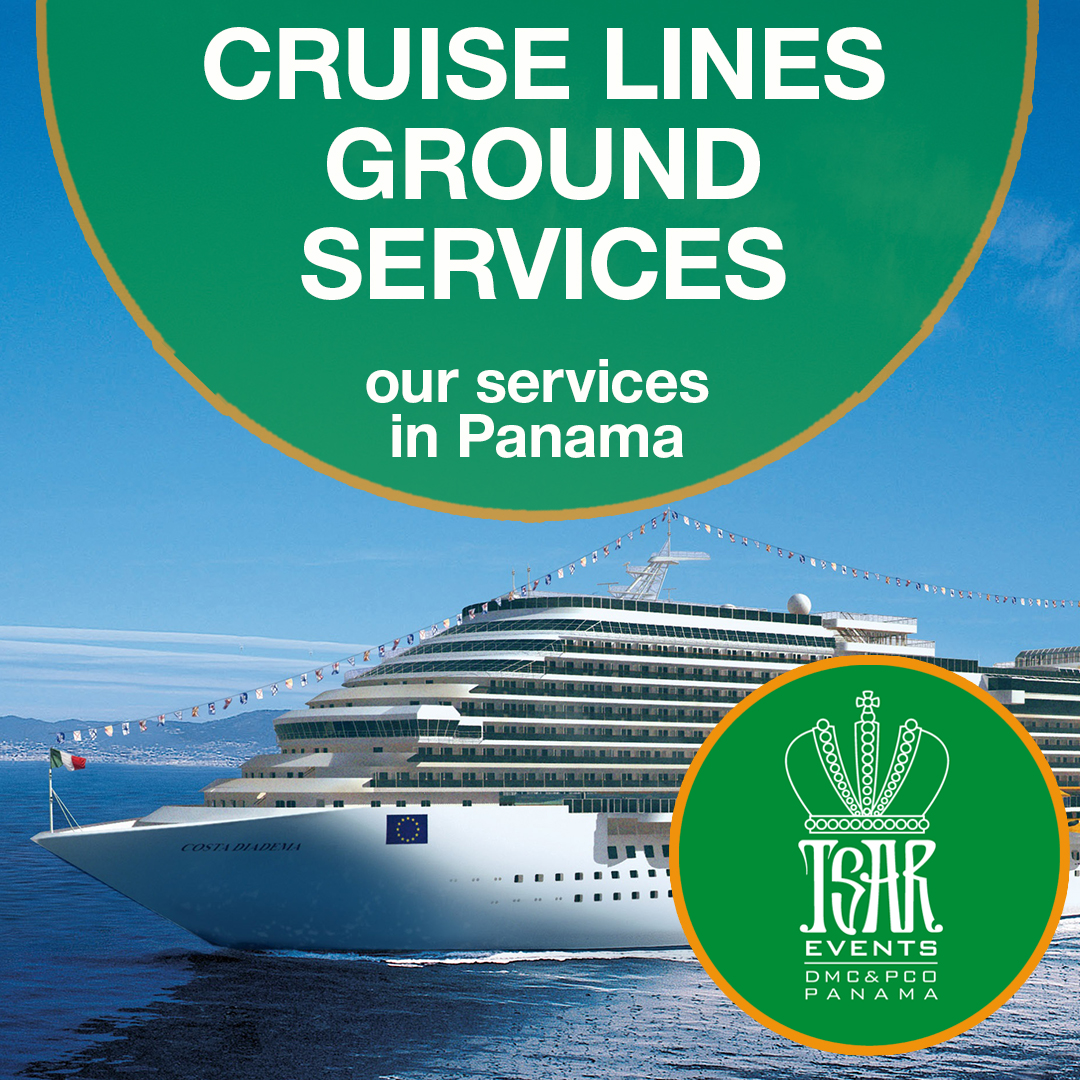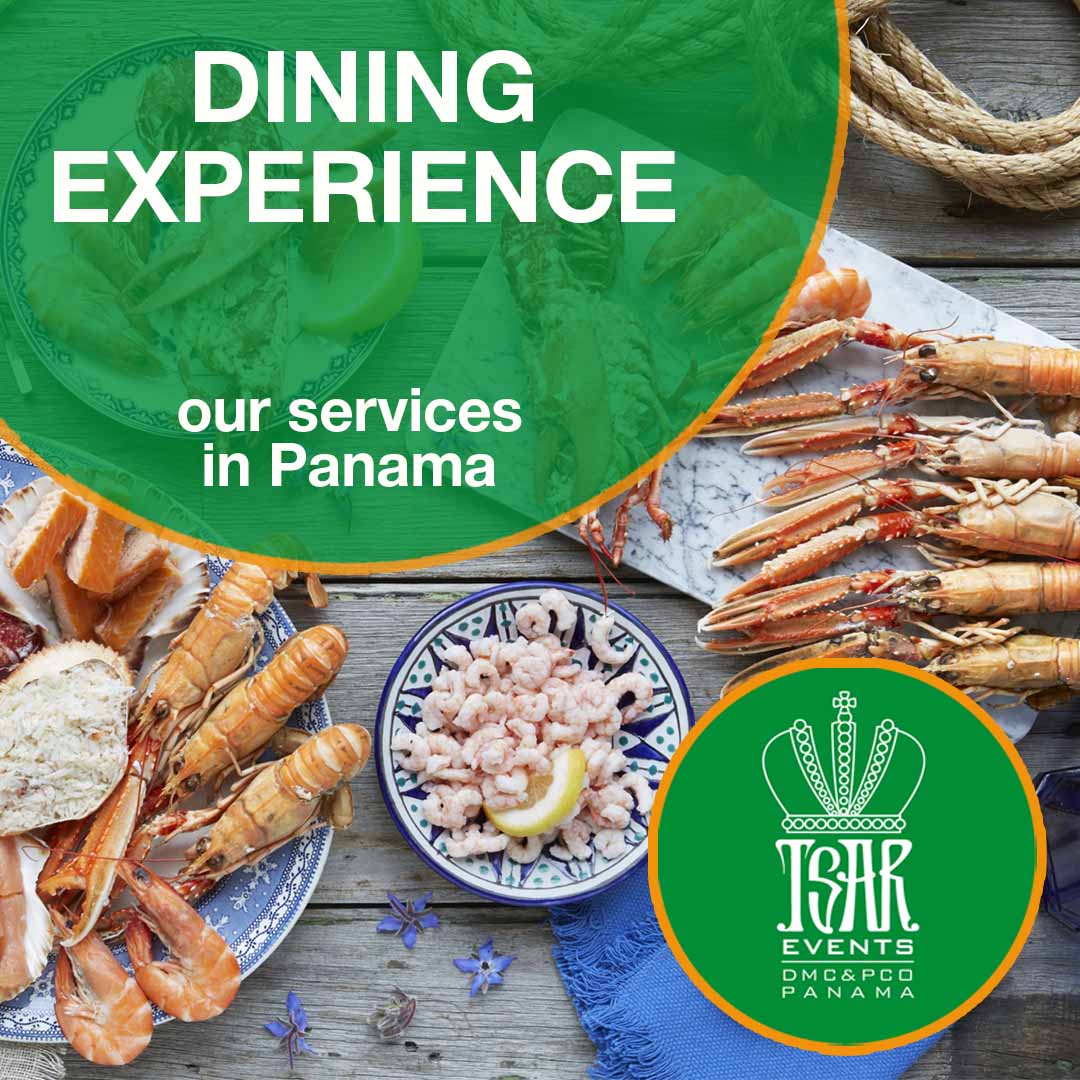109 Facts about Panama (part 2)
Interesting facts about Panama (part 2)
Read more: Interesting facts about Panama (part 1)
51. The earliest recorded mention of a canal through Panama was made by Charles V, King of Spain and Holy Roman Emperor. In 1534 he wanted a route to be devised that would ease the danger and length of the voyages of Spain’s ships traveling between Peru and Spain. Thomas Jefferson encouraged the Spanish to consider this idea in 1788.
52. There are almost 500 rivers in Panama. Three hundred of them flow out into the Pacific Ocean and the rest into the Caribbean Ocean
53. Panama has more than five hundred rivers, most of which are quite short. Rivers flowing into the Pacific include two of equal length that both are the longest rivers on the country. The Chucunaque and the Chepo are each 215 kilometers (134 miles) long.
54. Seventy percent of today’s people in Panama are mestizos. The mestizos (from a Spanish word meaning “mixed”) are a mixture of European (Spanish) and Indian ancestry (Amerindian). They form the largest and most influential populations in many Latin American countries and Panama is no exception.
55. A total of 12,000 lives were lost in the construction of the Panama Railroad, which is the oldest continually operating railroad ever in the world. It is still fully functional as it transports passengers between Panama City and Colon.
56. Panama has a watery source of income. The Panama Canal alone generates a full third of Panama’s entire economy.
57. Spanish is the official national language of the people of Panama although many are bilingual and speak both Spanish and English. In some areas, Amerindian dialects are still spoken.
58. Panama hats are actually Ecuadorian. Despite the name, and representation in popular culture, Panama’s iconic tropical hats are actually originally Ecuadorian. They were common among men along the Ecuadorian coast, and became so popular for warm weather climates, that they were exported to the tropics all over the world. In the early 20th century, this hat was the preferred style (and sun-shielding tool) for the Panamanian aristocracy, and was so popular, that they were adopted and made locally to fill the demand.
59. The sale of native crafts, popular with tourists, helps support the people and their villages. Colorful Molas are the elaborate embroidered panels made by the Kuna women and used as the front and back panels of their blouses.
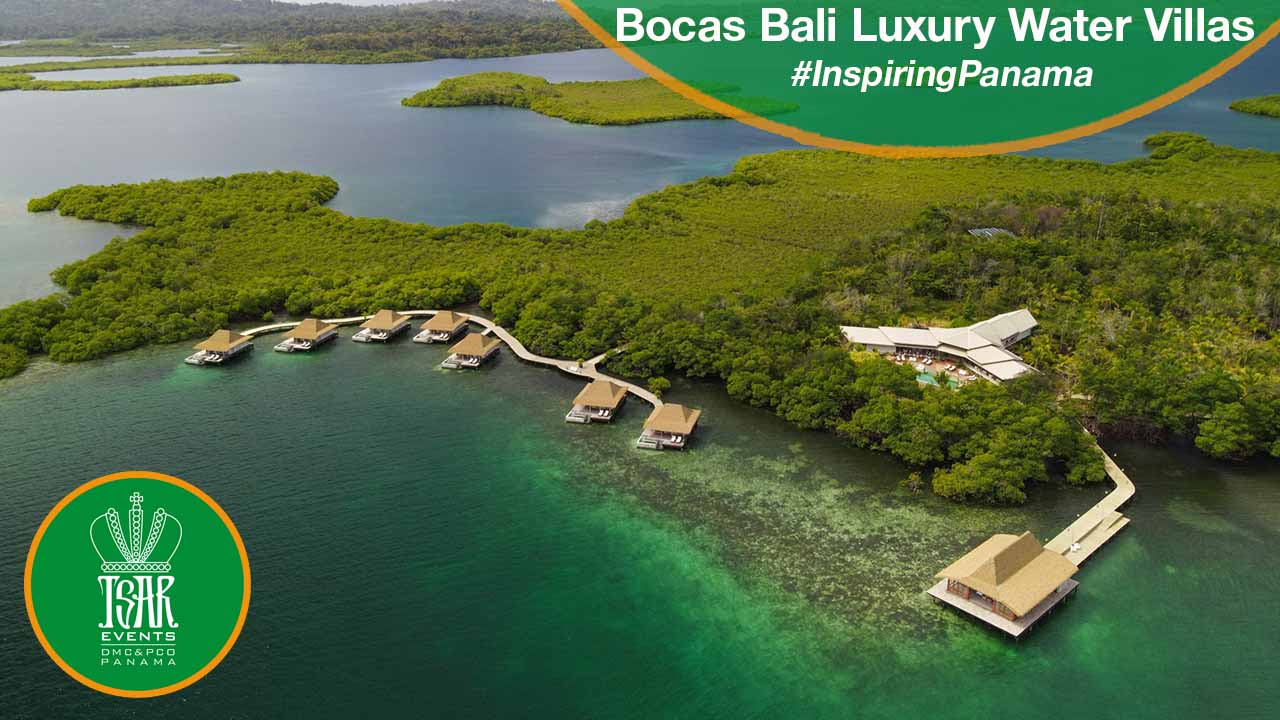
60. Tagua Nut carvings of animals are also popular with the tourists and for export in Panama. Also known as corozo or vegetable ivory, it is a very desirable substitute for elephant ivory (now illegal) and is a renewal resource. Buttons were made of the tagua nut and exported throughout much of the 19th century.
61. While the French are credited for beginning the Canal project of Panama, and the Americans credited with constructing the majority of it (and finishing it), the idea to build a canal is originally credited to Vasco Nuñez de Balboa. Balboa was a Spanish explorer who “discovered” Panama, and immediately started searching for a natural waterway that connected the Atlantic and Pacific. In 1534, after no such natural passage was found, surveyors were sent from Rome to see if building a canal was feasible. It wasn’t at the time, so the idea was scrapped.
62. The men of the Wounaan people have for generations produced amazing wood carvings from cocobolo wood. It comes from a special indigenous hardwood tree in the Darien rainforest. Cocobolo is quite hard and highly polished with beautiful variations in its natural colors and grains.
63. Panamanian cuisine is a combination of Spanish, Native American and African ingredients and dishes. The dishes typically have milder flavors than those of pungent Caribbean food. Staples of a Panamanian diet are fruit, rice, plantains, wheat flour, beef, chicken, seafood, pork and yucca/cassava.
64. Two Panamanian dishes are Sancocho, a special stew with an assortment of vegetables and packed with meat (usually chicken); and Carimanola, a fried yucca roll stuffed with boiled eggs and meat filling. Tamales and empanadas are also popular.
65. Popular Panamanian side dishes include yucca frita and plantains. Yucca fritas are fried yucca root that taste like a tropical version of french fries. Plantains are served three ways. Patacones are fried green plantains cut crosswise and served salty; Maduros are ripen fried plantains that are a bit sweeter; and Tajadas, which are baked plantains cut lengthwise and covered with cinnamon. All are delicious.
66. Traditional dessert of Panama is Sopa borracha. Despite its name, sopa borracha (lit. drunk soup) is not a soup at all, but a festive Panamanian dessert that is especially popular at weddings and birthdays. It consists of a sponge cake that is cut into smaller pieces, then drenched in a sweet syrup made with sugar, cinnamon, lemon zest and juice, dark rum, and sherry, boiled with prunes and raisins which are later used as a topping once the dessert has been assembled.
67. If desired, sopa borracha can be additionally topped with silver dragées, as the Panamanians do.
68. Panama grows and serves its own world-class coffee as well as local beers, including Atlas, Balboa, Soberana and Panama Cerveza. Beer is inexpensive at around a dollar in restaurants. There are several microbreweries in the country as well.
69. The population of Panama is 85 percent Roman Catholic. The two largest public holidays revolve around church-related events: Christmas and Carnival.
70. In Panama Carnival is a ritual celebrated for the five days prior to Ash Wednesday. A queen is chosen and other festivities occur. A Christmas parade is held in Panama City on December 25 with floats and a marching band of drummers. Afterwards carols are sung around a huge tree.
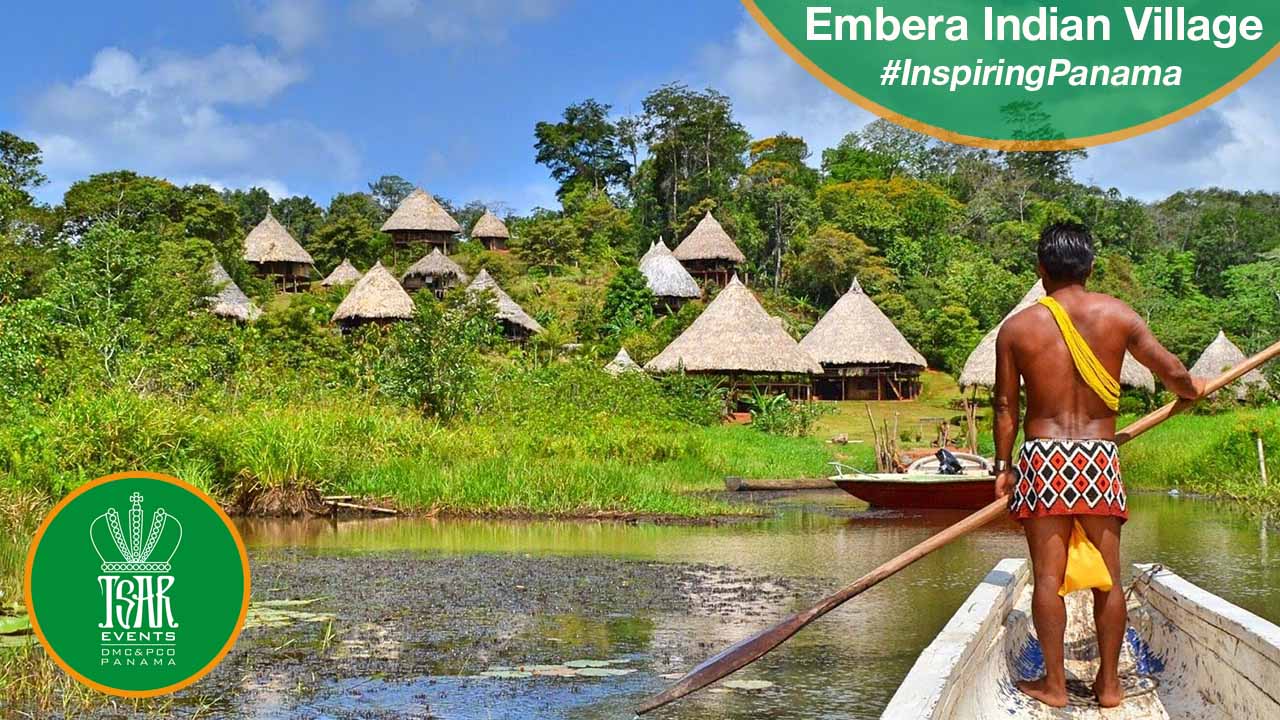
71. Over 400,000 Panamanians hold on to their native cultures and languages.
72. The dominant culture in Panama has Spanish origins and national pride runs very deep, as demonstrated by the following popular saying: “puento del mundo, corazon del universo” (bridge of the world, heart of the universe).
73. The extended family is the most important social unit for the native population and the city dwellers in Panama. There are almost no elderly care facilities in Panama because families care for their own. The extended family is their backbone.
74. Don is used as a courtesy title for men and Dona for women in Panama.
75. Shirts and pants (or a dress) should be worn in public in Panama. Bathing suits are only for the beach and this law is enforced.
76. Panama is about the size of the state of South Carolina.
77. The rainy season there lasts for nine months, from mid-April until November, so plan accordingly.
78. The Wounaan and Embera tribes produce a sustainable income from their carvings of animals like dolphins, turtles, birds, monkeys and many others as well as producing jewelry pieces from the nuts.
79. Panama has been strongly influenced by years of connection with the United States, as evidenced in their dress and the popularity of American music there.
80. The American Society of Civil Engineers has named the Panama Canal one of the modern world’s seven wonders.

81. It takes six to eight hours to travel through the canal.
82. The Panama Canal serves more than 144 of the trade routes in the world.
83. President Woodrow Wilson sent a signal from the White House by telegraph on October 10, 1913, that triggered the explosions that flooded the center of the Panama Canal and joined the Atlanta Ocean to the Pacific Ocean.
84. The Panamanian flag is also red, white and blue, as is the United States’.
85. The Panama isthmus was first explored by Spanish conquistador Rodrigo de Bastidas in the year 1501.
86. Panama became the Spanish Vice-royalty of New Andalucia in 1519.
87. In 1821, Panama declared independence from Spain and joined the Republic of Gran Colombia, which became the Republic of New Grenada in 1831.
88. The years between 1850 and 1900 were tumultuous for Panama: during this time there were 40 different administrations, 50 riots, five attempted secessions, and 13 interventions by the United States.
89. The treaty to construct the Panama Canal was signed on November 18, 1903, between Panama and the U.S. The Panama Canal was built by the U.S. Army Corps of Engineers between 1904 and 1914.
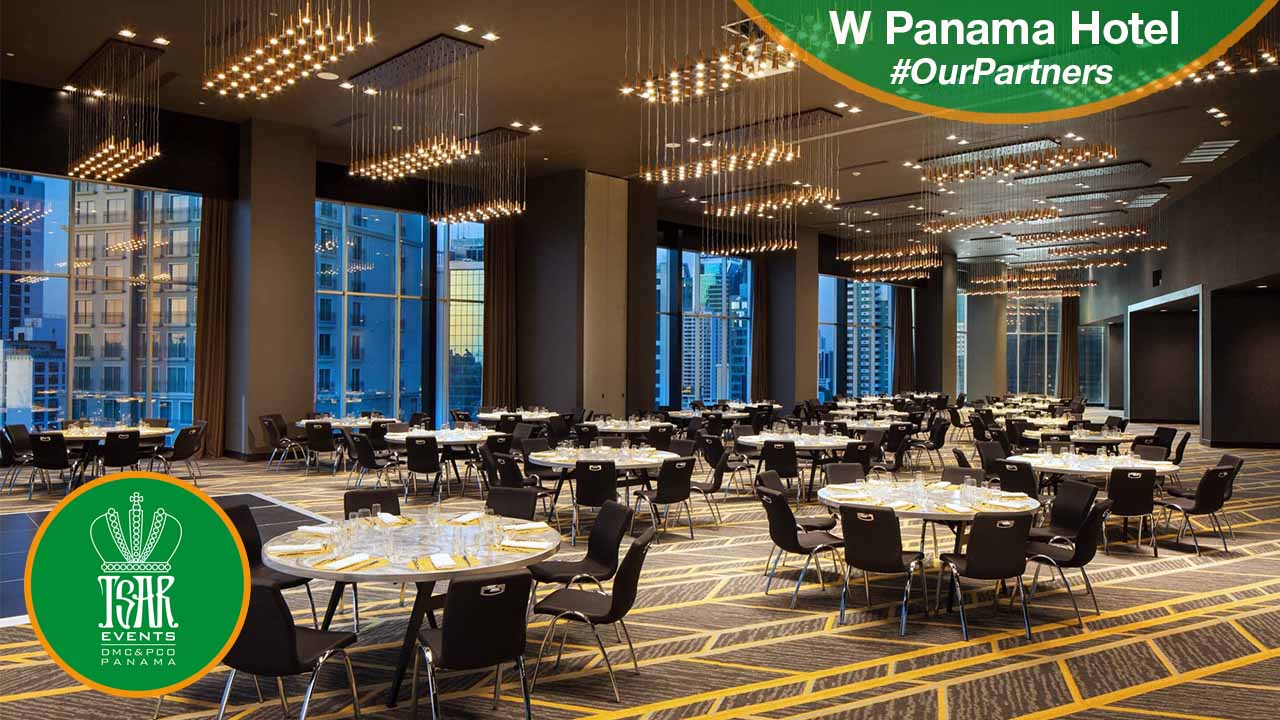
90. The Panama Canal stretches 50 miles from Panama City on the Pacific coast to Colón on the Atlantic side.
91. The highest elevation in the country is the summit of Volcán Barú at 11,401 feet.
92. Panama has more than 1,500 miles of coastline: For a relatively small country, Panama boasts many miles of pristine beaches, with more than 1,500 miles (2,490 kilometers) of beaches.
93. Panama City is the only capital city that has a rainforest within the city limits.
94. Panama has the most diversified wildlife of all the countries in Central America as it's home to species native to both North and South America.
95. Panama elected its first female president, Mireya Moscoso, in 1999.
96. The late Senator John McCain was born in the Panama Canal Zone, which, at the time, was a U.S. territory.
97. Baseball is the most popular sport in Panama.
98. The Tamborito dance derives from a Spanish dance with which have been blended rhythms and movements traditional to indigenous Panamanians.
99. There are more than 10,000 different plants species in Panama, including 1,200 varieties of orchids.
100. In 1671 mercenary, Henry Morgan, working for the British, burned down Panama City, one of the most important New World towns for the Spanish.
101. A French construction Company under promoter De Lesseps first tried to build the Panama Canal towards the end of the nineteenth Century. Projections and planning were inadequate. Disease from mosquitoes were a contributory cause of failure.
102. Panama’s jungles are home to five species of big cats: pumas, jaguars and jaguarundis, margays and ocelots.
103. Panama is the only place in the world where you can see the sun rise on the Pacific and set on the Atlantic.
104. The Panama Canal contributes $1 billion to Panama's economy each year.
105. Geffroy’s Tamarin, a small monkey, can be found only in Panama and Colombia.
106. US. troops controlled the Panama Canal until 1999, when Panama assumed full control.
107. The lowest toll paid was $0.36—it was charged to Richard Halliburton, who swam through the Canal in 1928.
108. At Panama's narrowest point, the Atlantic and Pacific are only 30 miles apart.
109. Panama is rarely hit by hurricanes due to its southern location.
